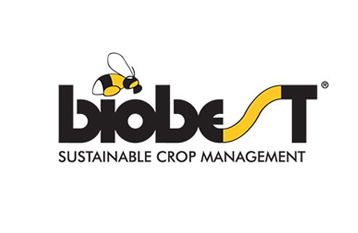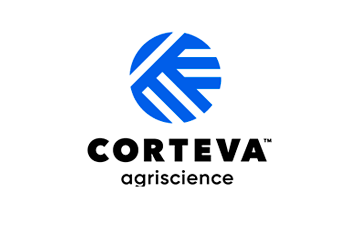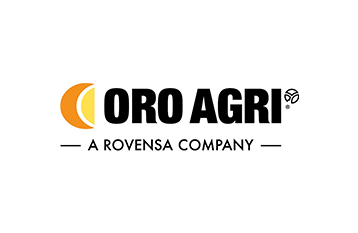BREAKER® 240 SC
Insecticide
Thanks to a brand new discovery, Isoclast™ active ingredient, Breaker™ 240SC provides long-term protection and superior performance against many types of sucking insects, including difficult-to-control aphids.
Technical Specifications
Active Ingredient: 240 g sulfoxaflor (Isoclast™ active) per liter
Formulations SC (Suspension Concentrate) : Packaging 0.15 - 0.2 L
PACKAGING
- 20X0.15 135TL
- 24X0.2 180 TL
- 20X
PROPERTIES OF THE DRUG
Thanks to a brand new discovery, Isoclast™ active ingredient, Breaker™ 240SC provides long-term protection and superior performance against many types of sucking insects, including difficult-to-control aphids.
The Breaker™ 240 SC has a two-way effect:
Thanks to this double effect;
Even pests that do not come into direct contact with the drug during application are controlled by feeding (sucking).
Provides long-term effective protection.
Most of the sucking insects cause damage by feeding on the lower surfaces of the leaves. Even these pests are controlled with systemic and translaminar effects.
Why Breaker™ 240 SC ?
- The ISOCLAST™ active ingredient in Breaker™ 240SC belongs to the “Sulfoximine” group, a new chemical class discovered by Dow AgroSciences.
- Due to the fact that ISOCLAST™ interacts with different attachment points within the target pest, it has been classified as the only member of the 4C group by the international organization IRAC (Insecticide Resistance Committee).
- Even in areas where the desired results cannot be achieved due to the resistance of the pests, the Breaker 240SC gives excellent results.
- It controls stinging-sucking insects with both contact and stomach poisoning effects.
USAGE AND TIME
To get the best results from BREAKER 240SC, it is essential to use the recommended dose. Since it mixes easily with water, it can be applied with all kinds of application tools and equipment. In applications against stinging-sucking insects, care should be taken to cover all the green parts of the plant completely, homogeneously and in a way that does not allow droplets to merge and flow.
Against citrus mealybug in citrus, 100 fruits are checked when the fruits reach the size of hazelnut (in grapefruit walnut size). If at least 15 of the controlled fruits are contaminated, it is decided to apply.
If the number of viable adults and nymphs per leaf is more than 20 for citrina and 0.5 for aurantii, the application is made against Citrus red crustacean. To determine this, a total of 100 leaves, 5 leaves from 20 trees, are collected to represent the garden. The live adults and nymphs on the upper and lower sides of the leaves are counted and divided by the number of leaves. When the fruits reach the size of hazelnuts, a total of 250 fruits are checked from each tree. Fruit with even one crustacean is considered contaminated. If the fruit contamination rate is 15%, the application is decided. If population density will be determined with pheromone traps; Traps are hung at a height of 1.5-2 m from the ground and on the inside of the tree, one per 100 trees, at the end of March-early April.
Against peach and lettuce aphids in lettuce, one leaf is randomly taken from the fresh leaves and shoots of the plants every 3-5 steps by entering the field in the diagonal direction. As a result of counting made with loops on 20-40 leaves; If the number of pests per leaf is 10-20, then control should be done.
Against green aphid in apple, pear and quince, application should be made when 15 infected shoots are seen during the vegetation period.
In the control of San Jose crustacean on apple and pear, applications are applied against the first and second progeny, with two applications, at the first larva emergence and 20 days after that.
Application against peach-nectarine mulberry crustacean is applied against first and second progeny. It is applied in two applications, at the first larva emergence and 20 days after that. However, it should be taken into account that some peach varieties coincided with the harvest period in the second generation.
Against peach-nectarine peach aphid, application should be made when 7 infested branches are found in 50 trees, until ¾ of the population turns into winged form from the appearance of flower buds.
It is applied against cherry black aphid between March and October when there are 7 infested branches on a tree.
INFORMATION ABOUT RESISTANCE
The active ingredient of BREAKER 240SC, sulfoxaflor (Isoclast™ active), has been classified as the only active ingredient in Group 4C by IRAC due to its mechanism of action. Repeated applications of plant protection products with the same mechanism of action can promote resistance development in target organism species. For this reason, do not use more than three times for different generations of the same target pest in the same production season in order to delay the development of resistance. In cases where more applications are required, take care to use it alternately with products with different action mechanisms.









